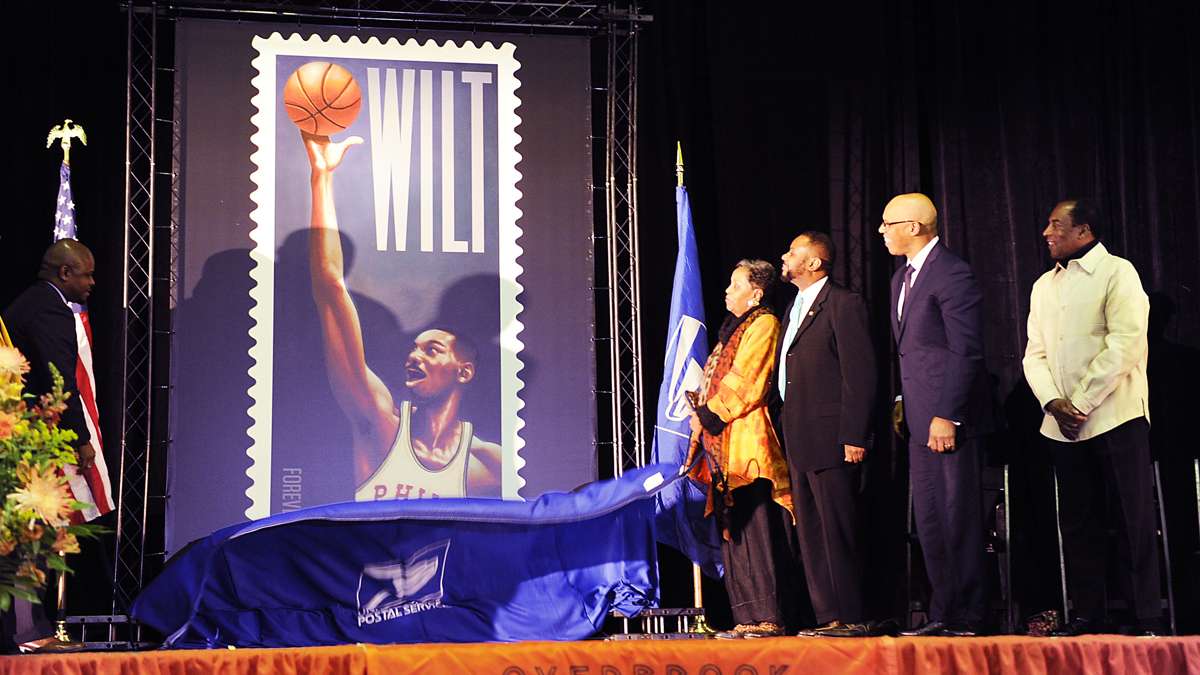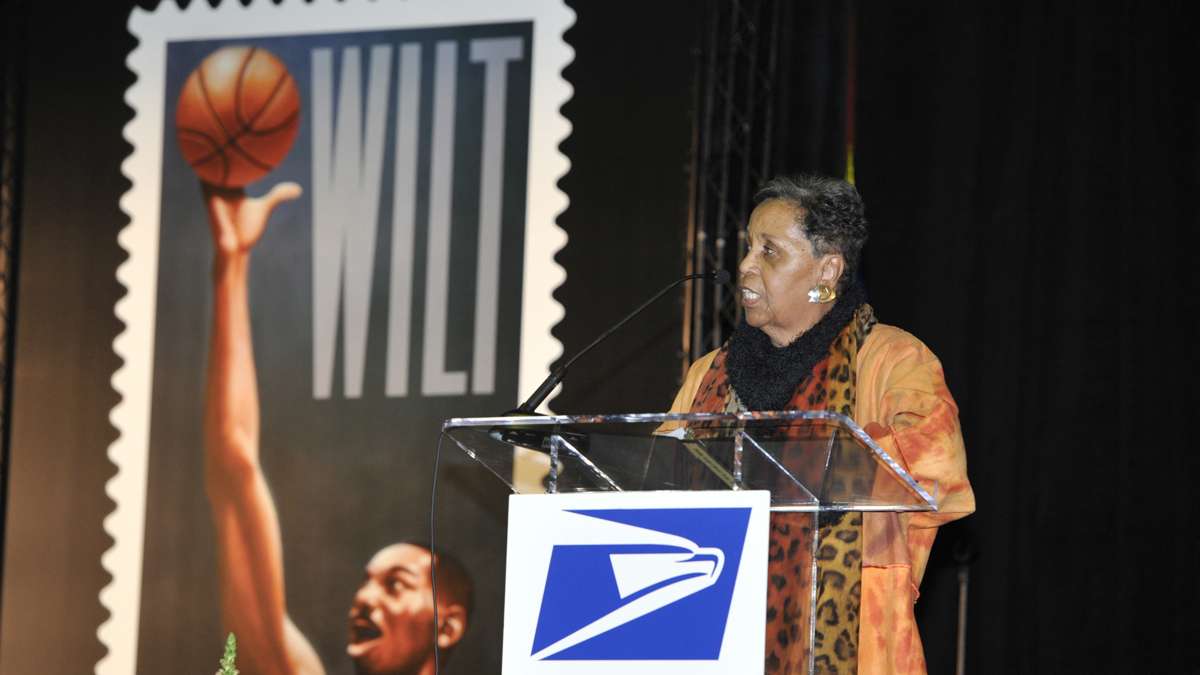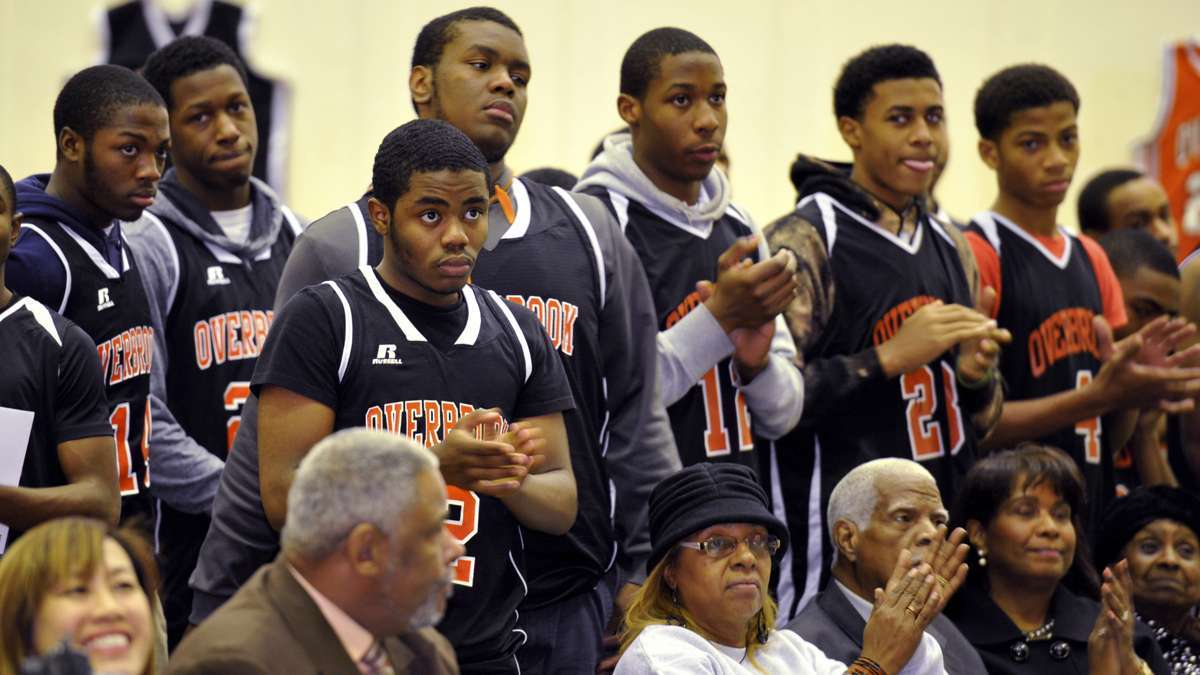Second chance for Ocean City High space experiment
Back in October, students from Ocean City High in New Jersey were horrified as they watched the rocket carrying their science experiment into space explode. They weren’t sure their project would ever see microgravity. But, on Tuesday, they will get a second chance.
Ocean City’s director of STEM curriculum, Mikenzie Helphenstine, was less than two miles from the launch pad with a contingent of students when the Orbital Sciences’ rocket burst into flames.
“I had never seen anything like that,” she said. “So for me, it took a second or two to sink in what had actually happened.”
Her students had just met fellow student researchers, adding to the sense of sorrow.
“Now you have all these new friends, and your project also just went up in smoke,” she said. “But so did theirs.”
The creator and director of the Student Spaceflight Experiments Program, Jeff Goldstein, who was also on site, said many bystanders were knocked over by the pressure pulse. Everyone was in shock.
“I think a lot of them in that moment thought, ‘Well, this is it. This is the end of the entire adventure,'” he said.
Goldstein swiftly mobilized those involved to make sure the experiments were not lost forever.
NanoRacks, the company that manufactured the minilab units the students used, provided replacements within two weeks. And with the help of NASA and the White House, Goldstein learned SpaceX’s fifth flight to the International Space Station would have room for a new batch of experiments.
The Ocean City teachers and students worked quickly to rebuild, shipping off their unit to arrive in Houston by Nov. 21, just weeks after the explosion.
Goldstein was surprised by how soon the group was able to get a new launch, but not by the dedication of NASA to the educational mission.
“NASA feels incredibly strongly that inspiring the next generation of scientists and engineers is not only the nation’s future, it’s NASA’s future,” he said.
While the setback was challenging, it was an extension of the realities students experienced by doing authentic scientific research.
“What these students endured is a very real world experience in real spaceflight,” said Goldstein.
The Ocean City experiment, which investigates the effect of microgravity on E. coli, is scheduled to launch with 16 other student projects from Cape Canaveral Tuesday.
WHYY is your source for fact-based, in-depth journalism and information. As a nonprofit organization, we rely on financial support from readers like you. Please give today.







